The dive site is a large pinnacle sea mount, the tip of which protrudes from the sea. The base of the mount is around 24 metres where you can find Nurse Sharks and Blue-Spotted Ribbontail Rays resting under coral during the day. There is a shelf at about 12 metres which is covered in anemones and soft corals. Schools of Bigeye Snapper hang around the North side with Yellowtail Barracuda patrolling nearby. The currents can be strong here, but you can usually shelter on the leeside, if it's not possible to go completely around. It is a very popular dive site and usually has 5 to 6 boats on it in the morning, so it can get a bit congested with dive groups. Late afternoon is usually best for avoiding the crowds. Sea Temp in May 29c
For dive site photos
website Facts about Temple of the Sea (Tokong Laut) It is in Malaysia
It is in Malaysia- Temple of the Sea (Tokong Laut) is in the South China Sea.
- The typical depth is 0-30 Metres 0-100 Feet.
- The typical visibility is 3-10 Metres 10-30 Feet.
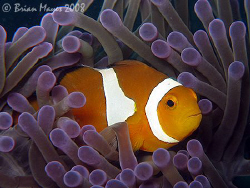
by
Brian MayesFalse Clown Anemonefish (Amphiprion ocellaris) from the Perhentians. <0////<<..<0////<<..<0////<<..Canon G9 & Inon UCL-165 macro lens
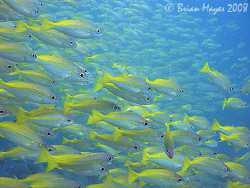
by
Brian MayesSchool of Bigeye Snapper (Lutjanus lutjanus) at Tokong Laut. Have you noticed that there is always one fish that wont line up for the shot and stops to stare at the camera. See if you can spot him. <0///<<.. Canon G9
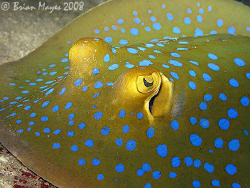
by
Brian MayesRay with blue spot disease. ;-) or Blue-Spotted Ribbontail Ray (Taeniura lymma)..<0///<<...<0///<<...Canon G9
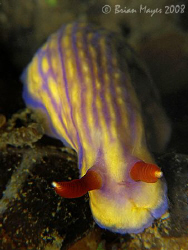
by
Brian MayesNudibranch (Hypselodoris whitei) crawling over a ridge... ><((((º>`·.¸¸.·´¯`·.¸.·´¯`·...¸><((((º>·..Canon G9 & Inon macro lenses.
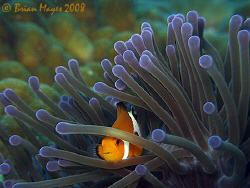
by
Brian MayesPeek-a-boo Clownfish.......False Clown Anemonefish (Amphiprion ocellaris)...><((((º>`·.¸.·´¯`·...¸><((((º>`·.¸¸Canon G9
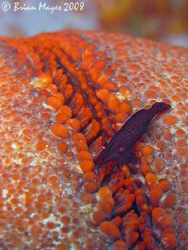
by
Brian MayesSibling Sea Star Shrimp (Periclimenes soror) on Cushion Star (Culcita sp.)..¸><((((º>·.. Canon G9 & Inon UCL-165
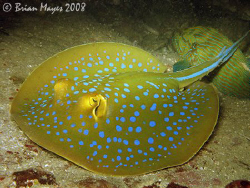
by
Brian MayesBlue-Spotted Ribbontail Ray (Taeniura lymma) inexplicably resting it's tail on a Bluelined Grouper (Cephalopholis formosa)......¸><((((º>.....Canon G9
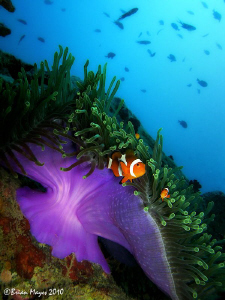
by
Brian MayesAnemone in current at 'Tokong Laut' in the Perhentian Islands
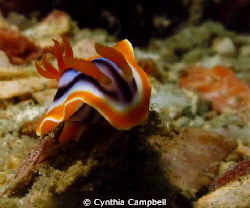
by
Cynthia CampbellLittle nudi fighting the current!
Ikelite casing, Canon G12, Inon Strobe S2000
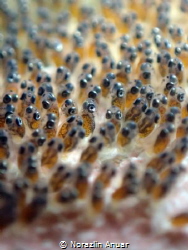
by
Norazlin AnuarPink clownfish egg. This picture was taken at Perhentian Island, Malaysia.